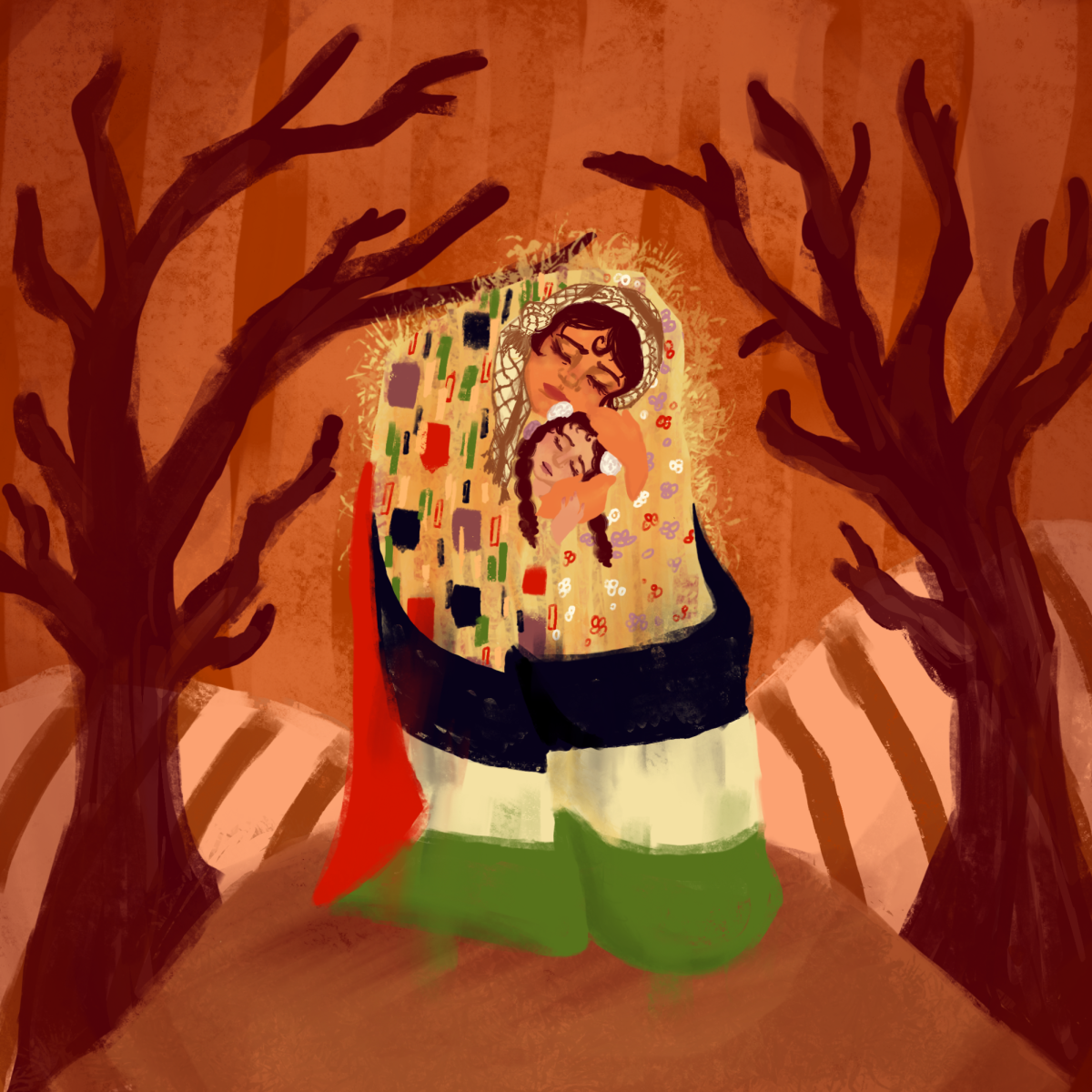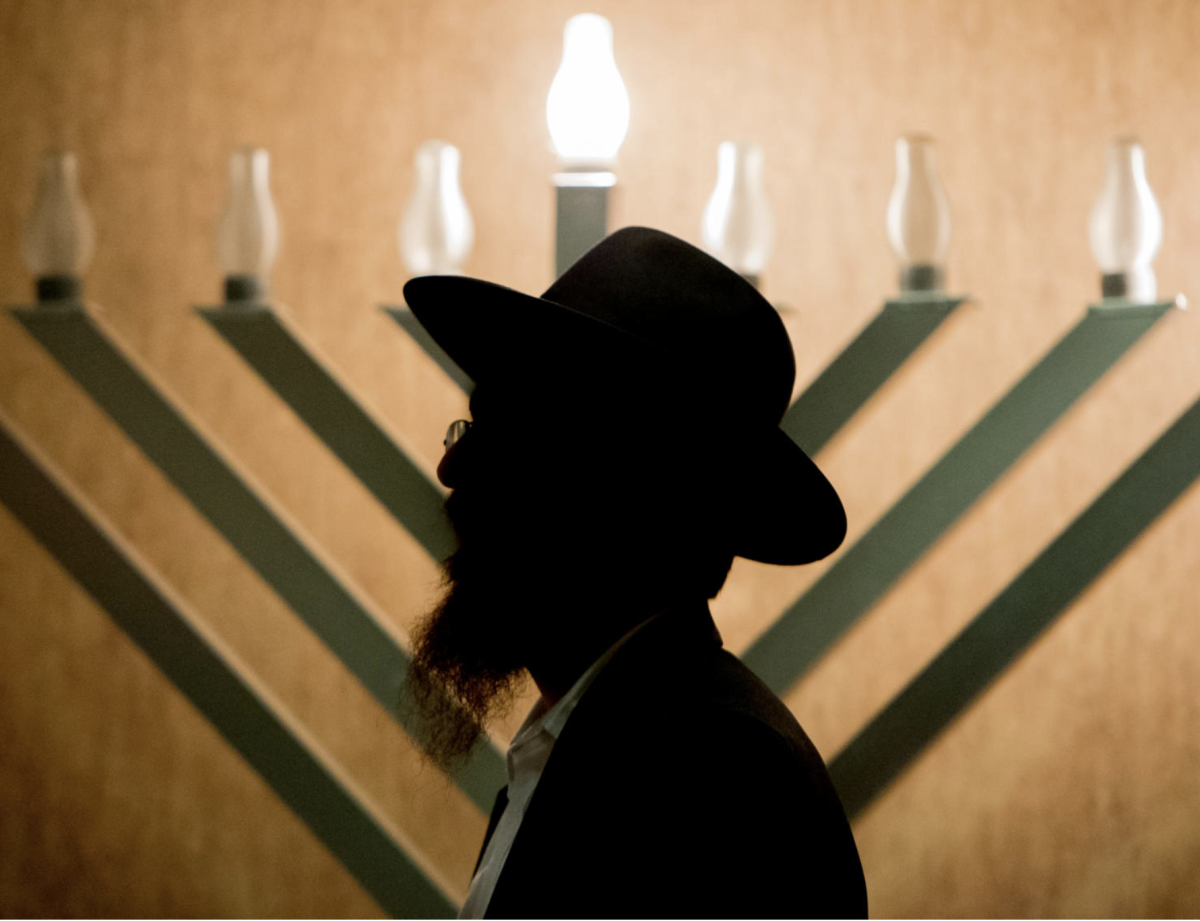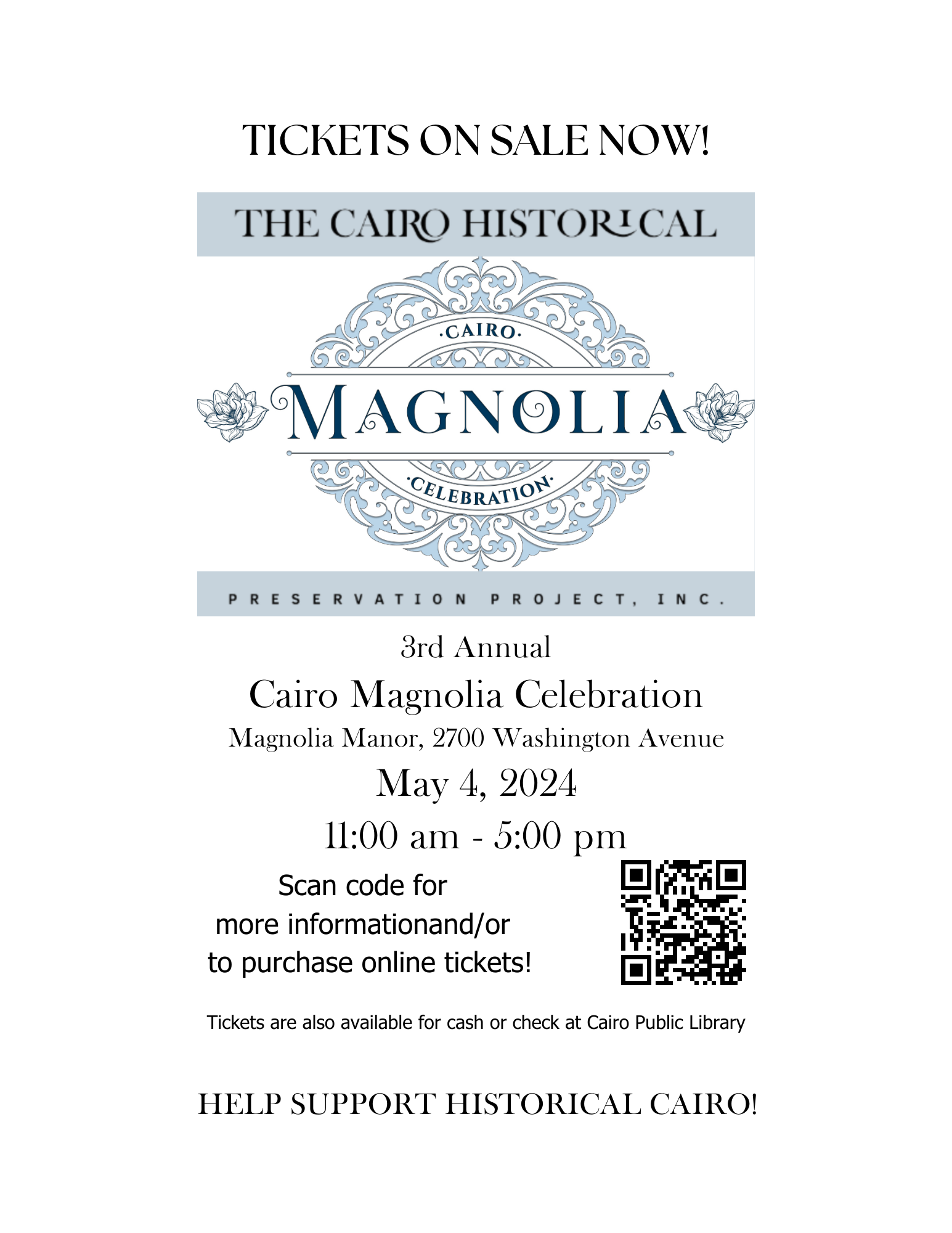Exhibit gives firsthand accounts of Civil War
April 28, 2014
Students and community members now have the chance to see the Civil War through the eyes of those who lived it.
“Civil War 150: Exploring the World and Its Meaning Through the Eyes of Those That Lived It” is a traveling exhibition consisting of letters and other artifacts from soldiers and family members, and shows a first-person view of the war.
The exhibit will be open from April 29 to May 16 at Morris Library’s Hall of Presidents and Chancellors. It is free to all students and community members.
Advertisement
Aaron Lisec, specialist of library affairs, said the university was given a grant for the exhibit from the Gilder Lehrman Institute of American History, along with $1,000 to spend promoting and developing public events.
Lisec said the Special Collections Research Center in Morris Library has its own collection of letters from soldiers and family members from southern Illinois who both fought in the Civil War and were affected by the trying times. This exhibit will be displayed along with the traveling show.
The Civil War is one of the most researched wars in American history because it was the biggest event to happen in the country since the American Revolution, he said.
“It tore the country apart for four years, it cost a huge number of lives,” he said. “Something like 700,000 people died in the Civil War, and if you compare it to the population of that time, if we had a similar event now it would be millions of people.”
Lisec said studies of the war continue to help people understand what it was like to live and fight through the conflict.
Kay J. Carr, an associate professor and chair of the history department, said the war was a pivotal event in American history and the research it gets is well deserved.
“Anybody who really wants to understand America today needs to understand why that was such a critical issue at the time,” she said. “And why those issues really have not been settled even since the Civil War.”
Advertisement*
Lisec said some of the after-effects of the traumatic war are still being dealt with more than 100 years later.
“Every time you see a confederate flag on a pickup truck that means something, and in some way the war is still reverberating and we are still fighting out the ideas, if not fighting in person,” he said.
He said it is important for students to come to the event and learn from first-hand accounts what the time period was like.
“History can be hard to relate to. It can be hard to imagine what people went through,” he said. “But when you read a letter from a soldier who talks about one of his friends being killed right next to him and expresses his feelings about that, then we can relate to what that must have felt like.”
The exhibit also shows the amount of work the wives had to put in to take care of the family back home, he said.
“We all have families, we all have tragedies we have to deal with and live through, and when it’s expressed that way, history kind of comes to life and becomes more than just dates and names and places,” he said. “It becomes how people lived.”
Lisec kicked off the traveling exhibits with a lecture Monday. Another lecture featuring Rhonda Kohl, author of “The Prairie Boys Go to War: The Fifth Illinois Cavalry, 1861-1865” is scheduled for 4 p.m. Friday, in the Hall of Presidents and Chancellors.
Darrel Dexter, a southern Illinois historian, will give the final presentation at 3 p.m. May 9 discussing politics during the war.
Sarah Niebrugge can be reached at [email protected], on Twitter at @SNiebrugge_DE or at 536-3311 ext. 268.
Advertisement








